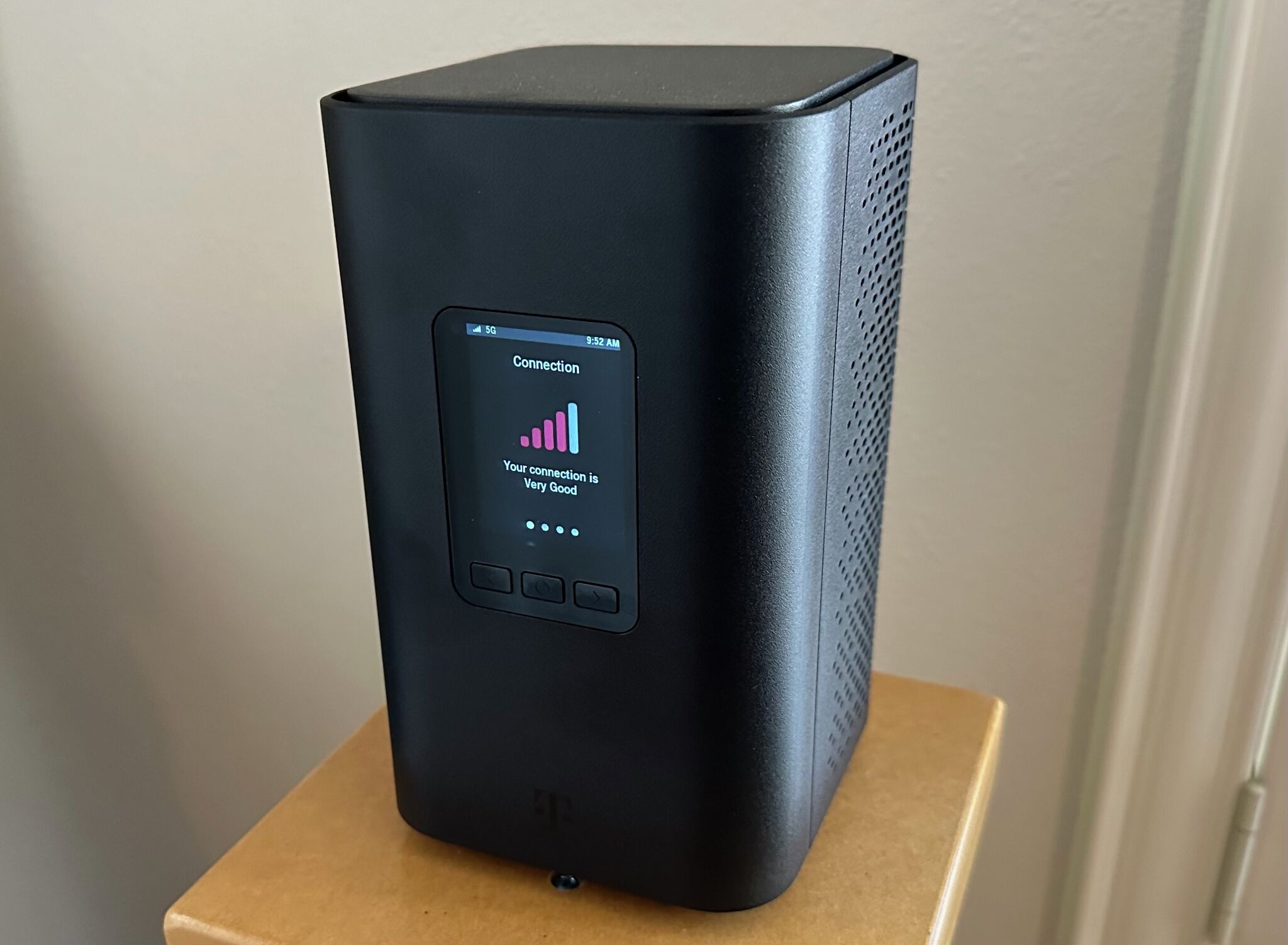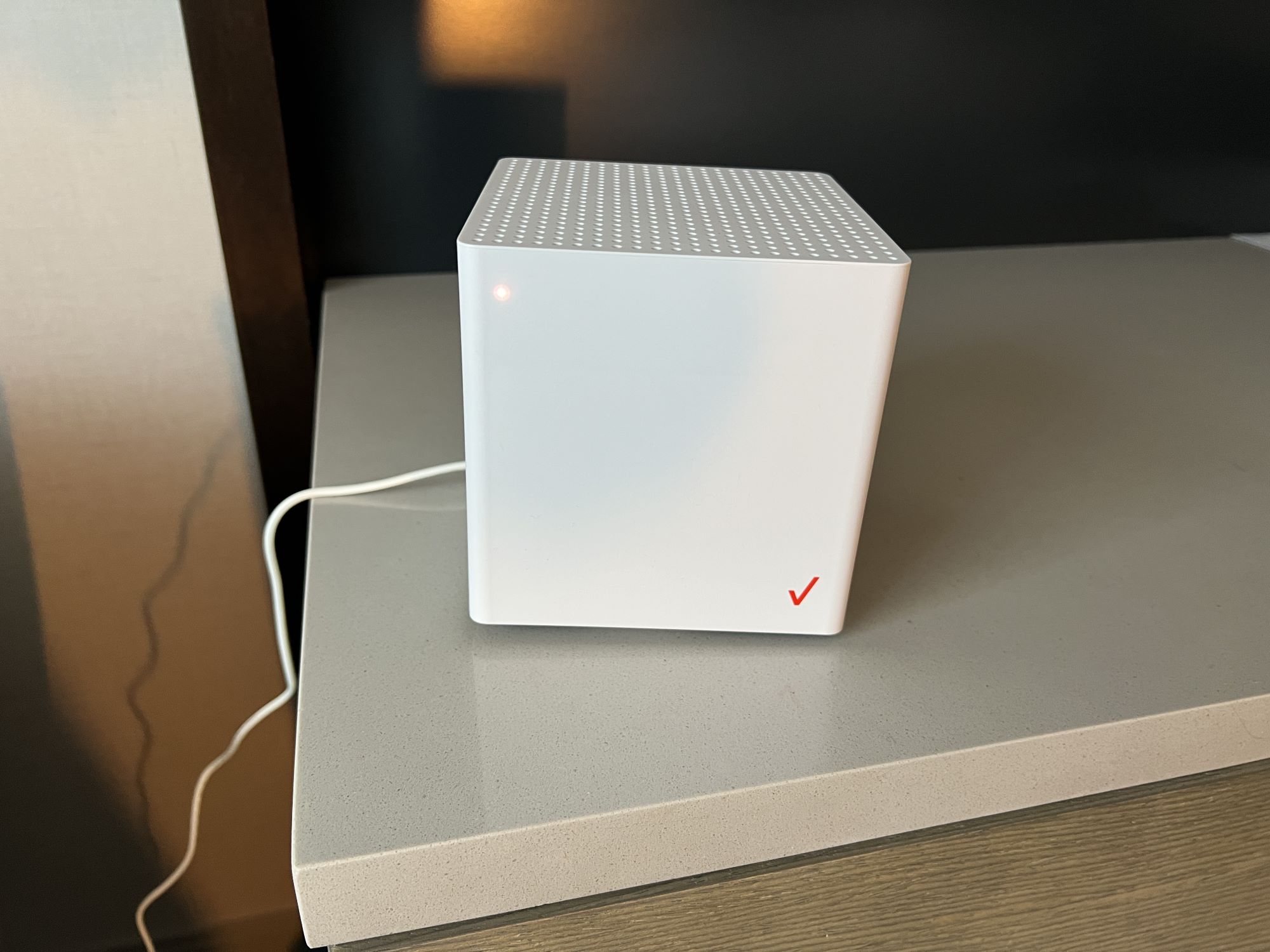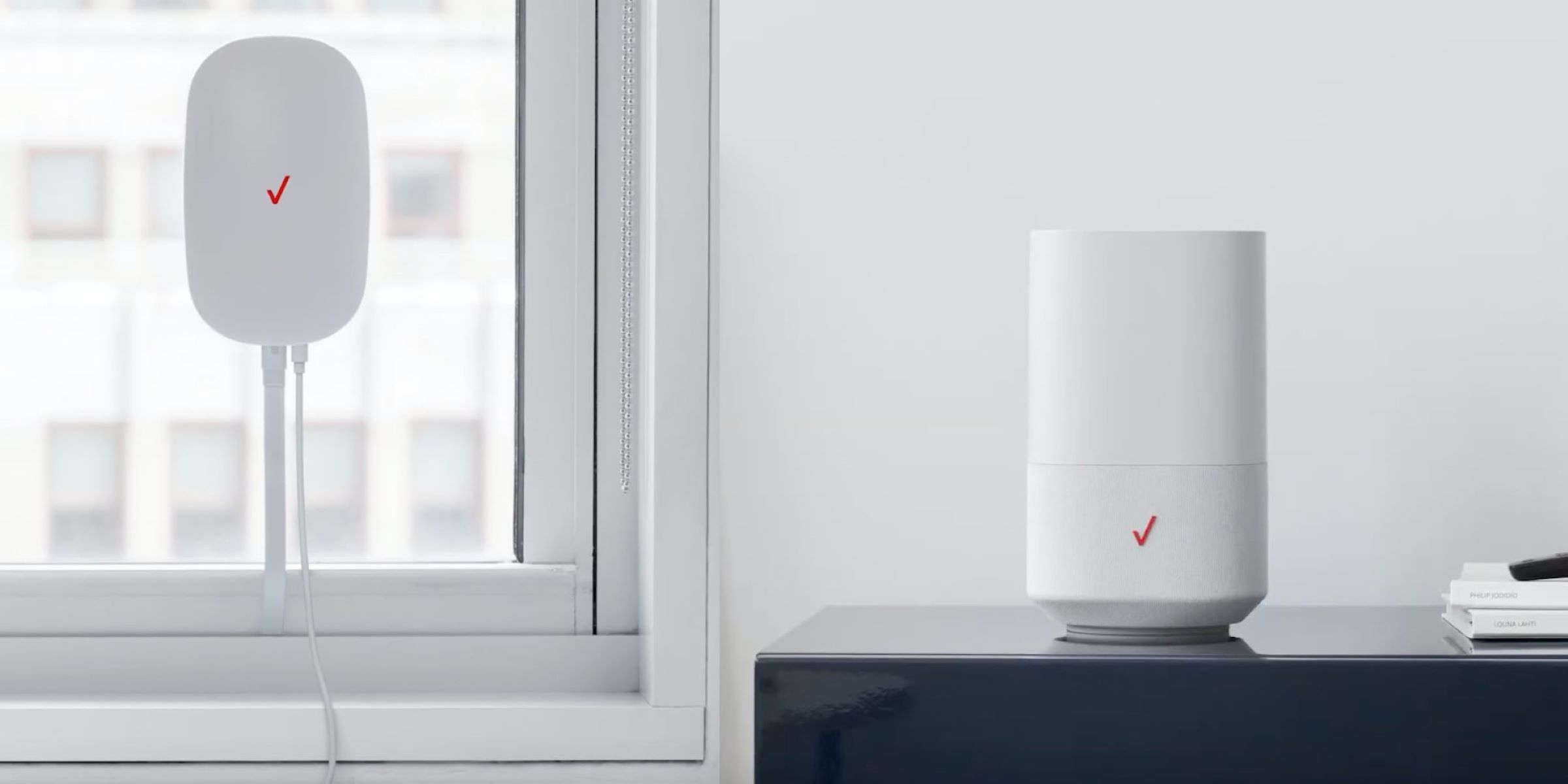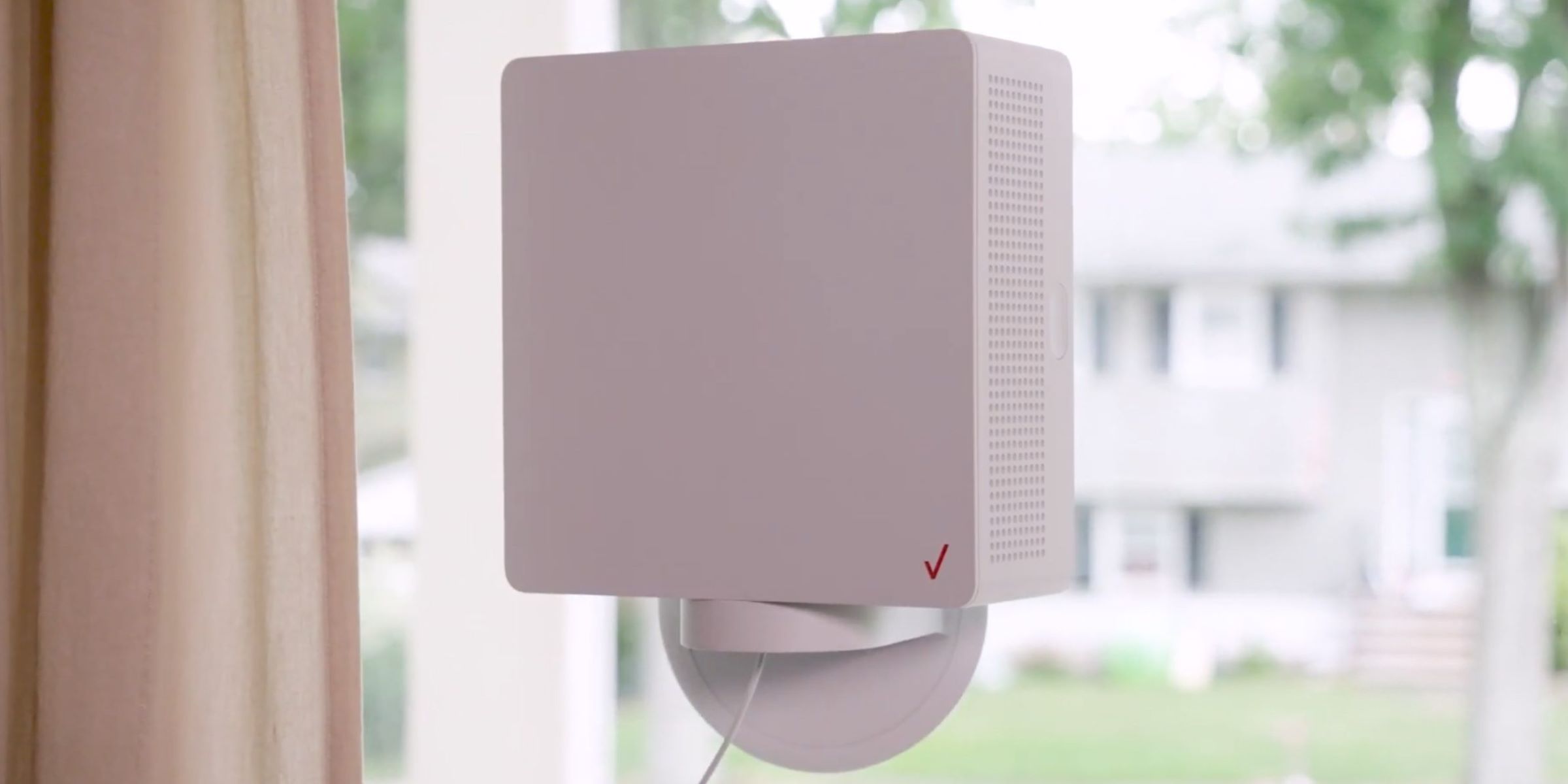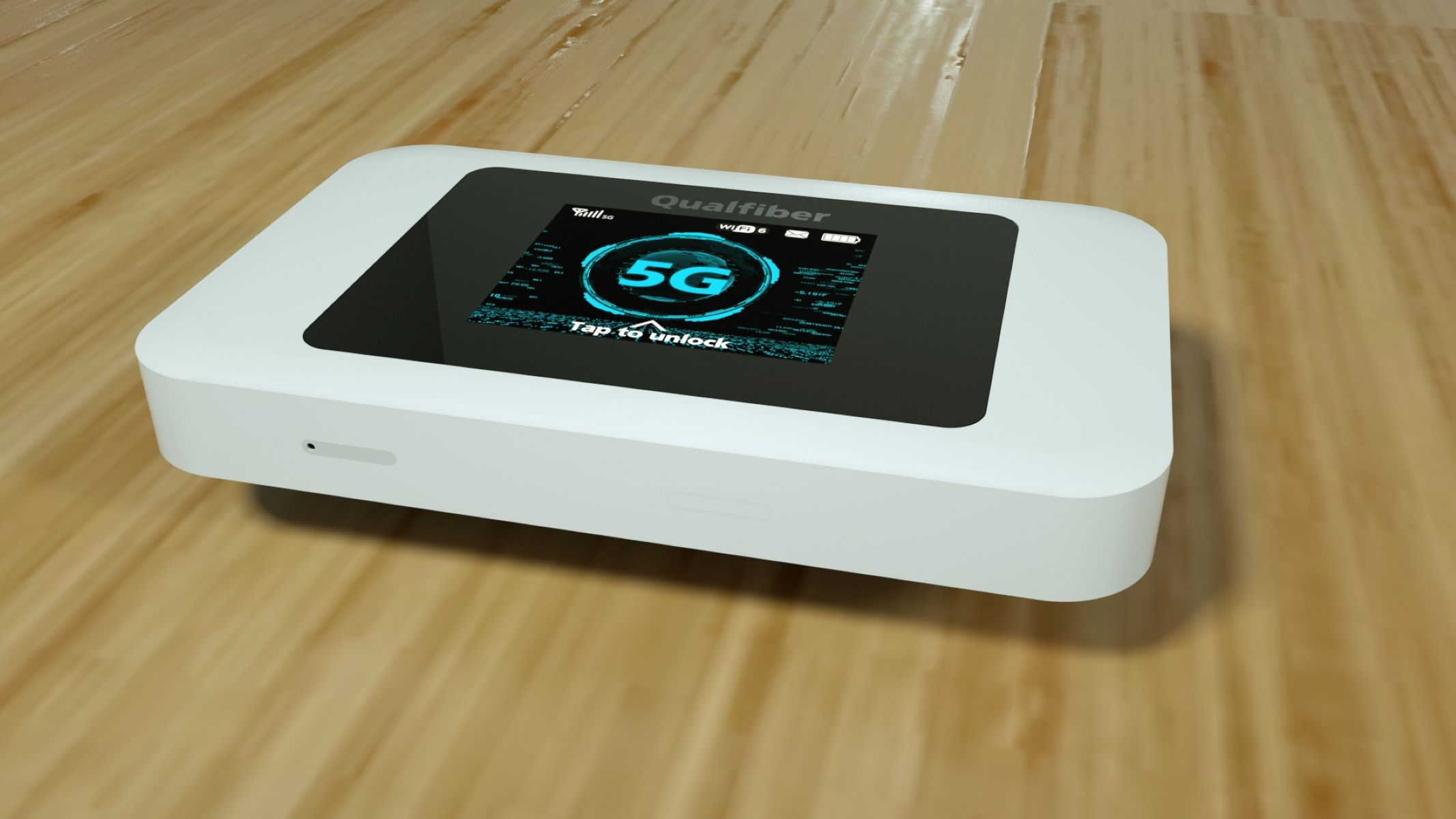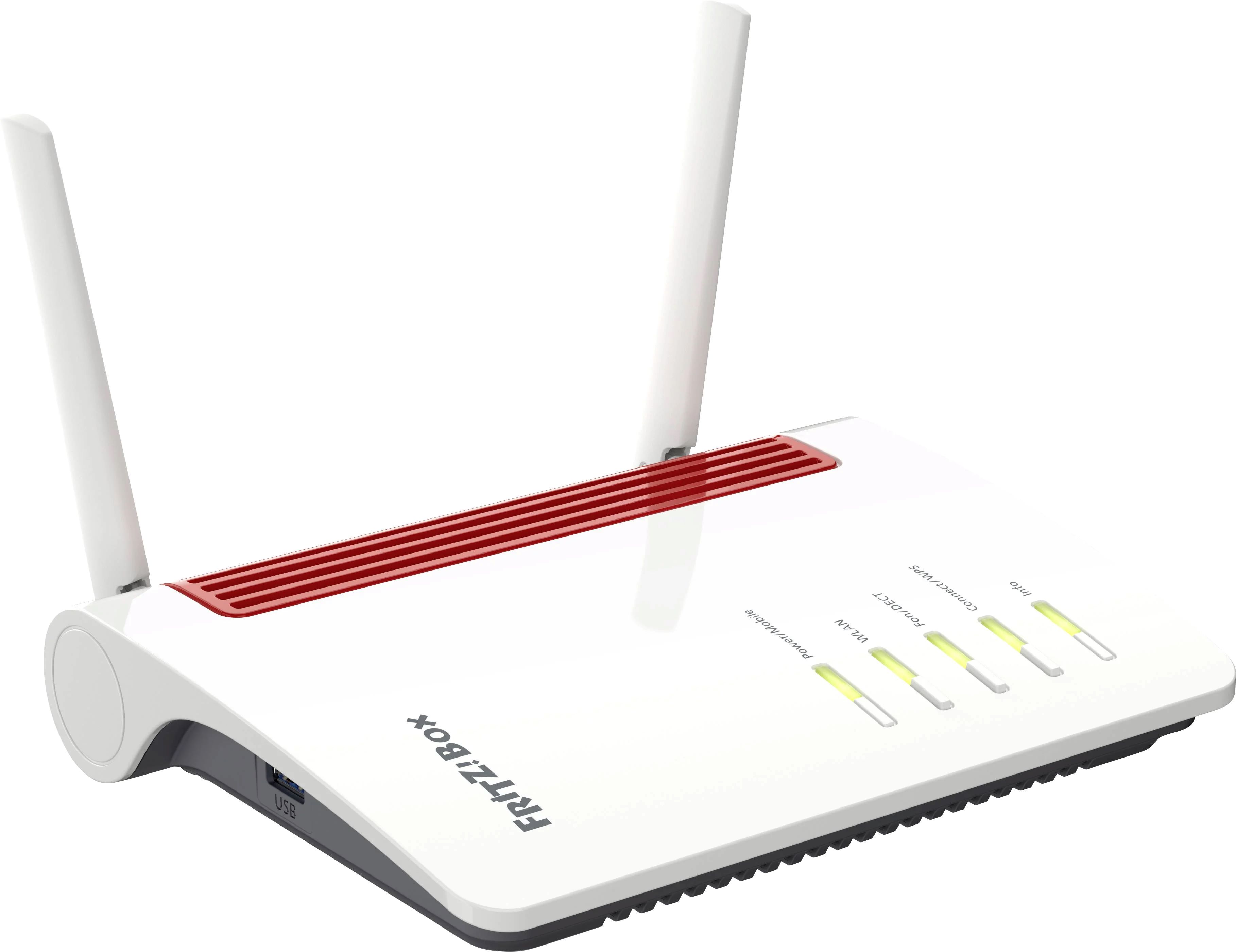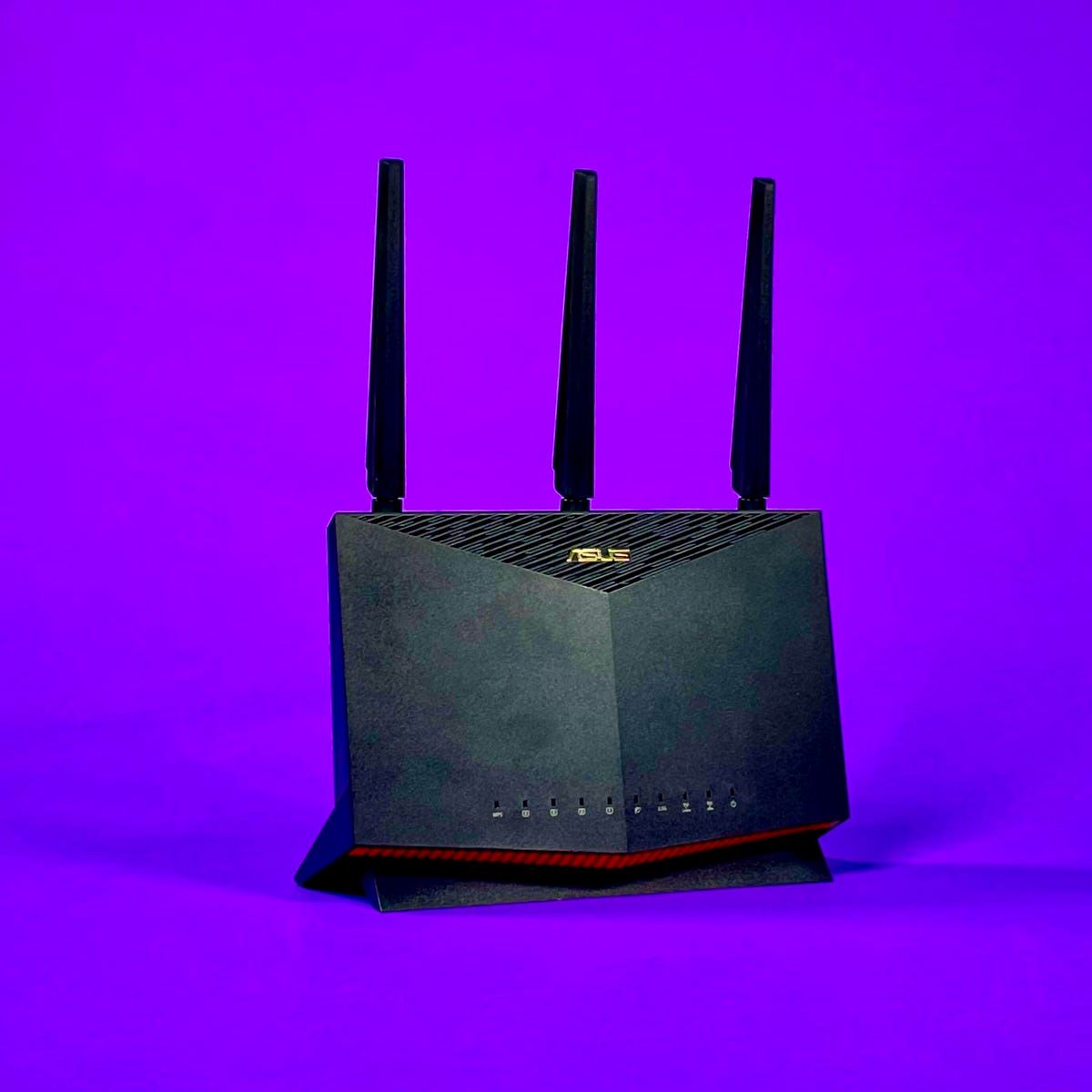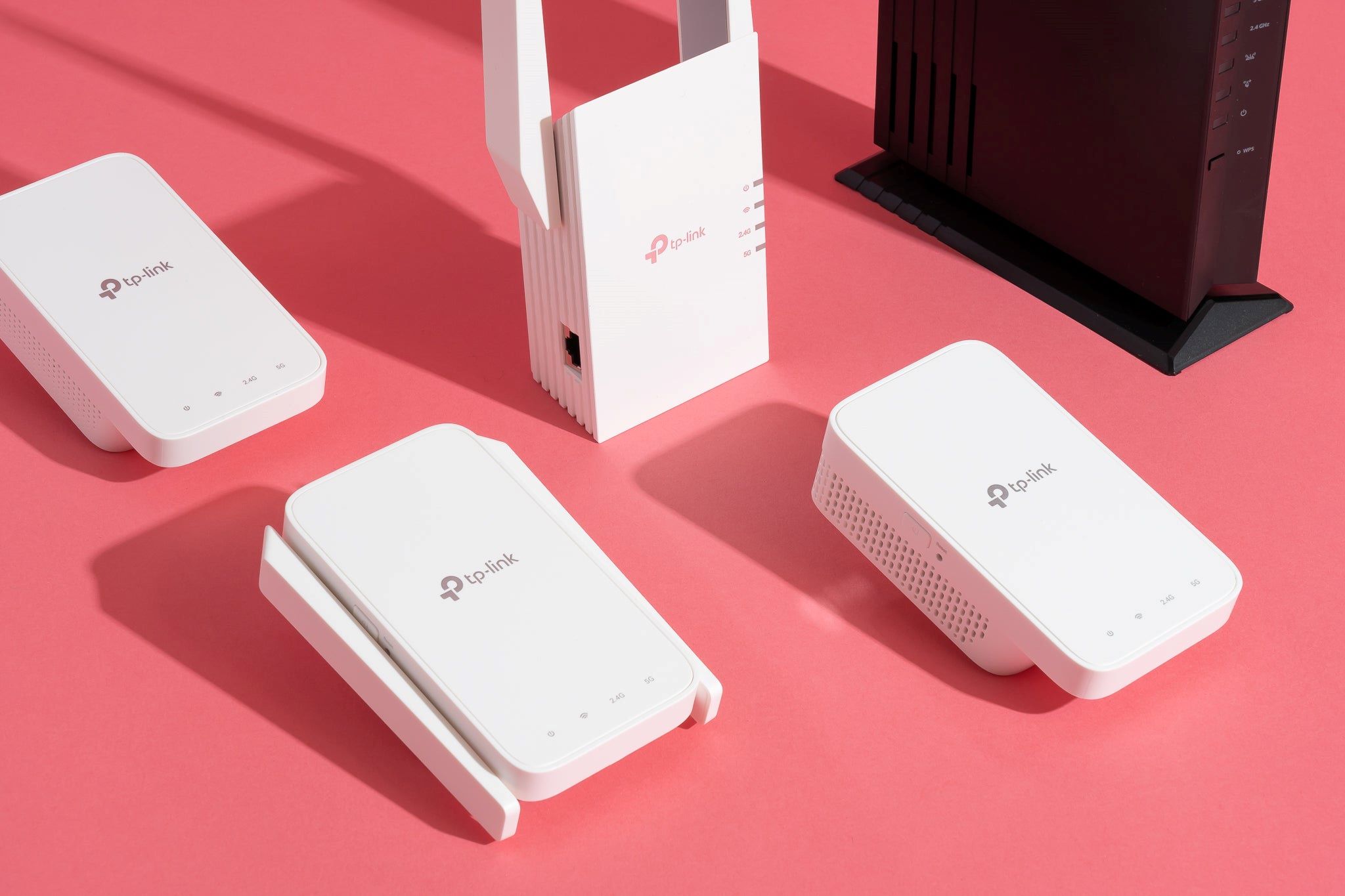Introduction
The advent of 5G technology has revolutionized the way we connect and communicate. With the rise of 5G networks, a new era of high-speed internet access has emerged, offering faster speeds and greater reliability than ever before. One particular application of 5G technology that has gained traction is 5G home internet.
5G home internet is a wireless internet connection that utilizes 5G networks to deliver broadband-like speeds to residential homes. Unlike traditional broadband, which relies on physical cables to transmit data, 5G home internet utilizes wireless signals to establish a connection. This allows users to enjoy lightning-fast speeds without the need for extensive physical infrastructure.
The concept of 5G home internet opens up a world of possibilities. Imagine streaming your favorite movies and TV shows in ultra-high definition, participating in lag-free online gaming, and connecting multiple devices without sacrificing performance. The promise of 5G home internet is to provide a seamless and fast internet experience for households, revolutionizing the way we work, learn, and entertain ourselves at home.
However, it is important to note that while 5G home internet holds incredible potential, it is still in its early stages of deployment and availability may be limited in certain areas. Additionally, it requires compatible 5G infrastructure to be in place in order to deliver its promised speeds. This means that not all households will be able to access 5G home internet immediately, and some areas may still rely on traditional broadband connections.
In this article, we will explore the world of 5G home internet in greater detail. We will discuss how 5G technology works, delve into the benefits and limitations of 5G home internet, compare it to traditional broadband, and examine its current availability. By the end, you will have a comprehensive understanding of what 5G home internet entails and whether it is a viable option for your household.
What is 5G?
5G, short for fifth-generation, is the latest generation of wireless network technology. It succeeds 4G LTE and promises significant improvements in terms of speed, capacity, and latency. 5G networks are designed to provide faster download and upload speeds, lower latency, and the ability to connect a massive number of devices simultaneously.
One of the main benefits of 5G is its impressive speed. While 4G networks typically offer download speeds of up to 100 Mbps, 5G is capable of delivering speeds as high as 10 Gbps. This means that tasks that used to take minutes or even hours can now be completed in a matter of seconds. Whether you’re downloading large files, streaming high-definition videos, or playing online games, 5G ensures a seamless and uninterrupted experience.
Another key feature of 5G is its low latency. Latency refers to the delay that occurs when data is sent from one point to another. With 5G, latency is significantly reduced, allowing for near real-time communication. This is particularly crucial for applications that require instantaneous responsiveness, such as autonomous vehicles, virtual reality, and remote surgery.
Moreover, 5G networks have the ability to support a massive number of devices within a given area. This high device density is essential for the implementation of the Internet of Things (IoT), where various devices can communicate and interact with each other. From smart homes to smart cities, 5G’s increased capacity enables a seamless interconnectedness that can revolutionize our daily lives.
It is important to note that 5G operates on different frequency bands, including low, mid, and high-frequency ranges. While low and mid-band 5G primarily focus on widespread coverage, high-frequency or millimeter wave (mmWave) 5G offers extremely high speeds but has limited range due to its shorter wavelengths. As a result, mmWave 5G is often deployed in dense urban areas where higher data throughput is required.
Overall, 5G is set to transform various industries and improve the way we connect and communicate with the world. Its speed, low latency, and high device capacity open up new possibilities for technological advancements and innovations, paving the way for a more connected and efficient future.
How does 5G home internet work?
5G home internet utilizes the power of 5G networks to deliver high-speed internet access to residential homes. Unlike traditional broadband, which relies on physical cables, 5G home internet uses wireless signals to establish a connection between the service provider and the user’s home.
The process begins with the installation of a 5G receiver or modem at the user’s residence. This device captures the 5G signal emitted by nearby 5G base stations and converts it into a usable internet connection. The receiver can be installed either indoors or outdoors, depending on the network coverage and the user’s preference.
Once the 5G receiver is installed, it establishes a wireless connection with the 5G network. The 5G base stations, which are strategically placed throughout the area, transmit the 5G signal to the receiver, which then converts it into data packets that can be accessed by the user’s devices.
The user’s devices, such as smartphones, computers, or smart home devices, connect to the 5G home internet network just like they would with traditional broadband. They can either connect wirelessly through Wi-Fi or use Ethernet cables to establish a wired connection. The 5G home internet network acts as a gateway, providing internet access to all connected devices within the home.
One of the key advantages of 5G home internet is its ability to deliver ultra-fast speeds. The high-frequency bands used by 5G networks have a wider bandwidth, allowing for greater data transmission rates. This means that users can enjoy uninterrupted streaming, lag-free online gaming, and faster downloads and uploads.
Another benefit of 5G home internet is its low latency. With reduced latency, data can travel back and forth between the user’s devices and the internet in a fraction of a second. This is particularly important for applications that require instant responsiveness, such as video conferencing, online gaming, and real-time streaming.
It’s worth noting that while 5G home internet offers impressive speeds and low latency, its performance can be influenced by factors such as the distance between the user’s home and the 5G base station, potential obstructions like buildings or trees, and network congestion. However, as 5G technology continues to evolve and expand, these limitations are expected to reduce, offering even more reliable and widespread access to high-speed internet.
In summary, 5G home internet leverages the capabilities of 5G networks to provide wireless high-speed internet access to residential homes. Through the installation of a 5G receiver, users can enjoy fast and reliable internet connections, transforming the way they browse, stream, work, and communicate within their homes.
Benefits of 5G home internet
5G home internet offers a range of benefits that can enhance the internet experience for residential users. Here are some key advantages of opting for 5G home internet:
- Lightning-fast speeds: One of the primary benefits of 5G home internet is its ability to deliver blazingly fast speeds. With download speeds reaching up to 10 Gbps, users can enjoy seamless streaming, rapid file downloads, and real-time online gaming without experiencing buffering or lag.
- Low latency: 5G technology significantly reduces latency, allowing for near real-time communication. This is especially beneficial for applications such as video conferencing, online gaming, and virtual reality, where instant responsiveness is crucial.
- Increased capacity: 5G networks can support a massive number of devices within a given area. This is particularly advantageous for households with multiple connected devices, as it ensures that each device can maintain optimal performance without congesting the network.
- Improved reliability: 5G home internet provides a more reliable connection compared to traditional broadband. With a wireless connection that is not dependent on physical infrastructure, users can enjoy consistent connectivity even in areas prone to cable damage or service disruptions.
- Greater coverage: As 5G networks continue to expand, the coverage area for 5G home internet is expected to grow rapidly. This means that more households will have access to high-speed internet, even in rural or underserved areas where laying physical cables may be challenging or cost-prohibitive.
- Flexibility and mobility: 5G home internet offers flexibility and mobility that traditional broadband cannot match. With wireless connectivity, users have the freedom to move their devices around the house without worrying about wired connections, making it easier to work, study, or stream from any location within the home.
- Future-proof technology: By adopting 5G home internet, users are future-proofing their homes for upcoming technological advancements. As new innovations and devices emerge, 5G networks will be able to accommodate the growing demand for connectivity and ensure a seamless experience for users.
In summary, 5G home internet brings a range of benefits to residential users, including ultra-fast speeds, low latency, increased capacity, improved reliability, greater coverage, flexibility, and future-proof technology. With these advantages, households can enjoy an enhanced internet experience and unlock the full potential of their connected devices.
Limitations of 5G home internet
While 5G home internet brings many advantages, it is important to be aware of its limitations. Here are some key limitations of 5G home internet:
- Coverage limitations: As of now, 5G home internet availability is limited to select areas, primarily in urban centers. The deployment of 5G infrastructure is a gradual process, and it may take some time before it becomes widely accessible in more rural and remote areas.
- Signal range and penetration: High-frequency 5G signals have shorter wavelengths, which means they have limited range and struggle to penetrate through obstacles such as walls and buildings. Users located far from 5G base stations or with obstructions may experience reduced signal strength and potential interruptions in their connection.
- Dependence on infrastructure: 5G home internet relies on the availability of compatible infrastructure, including 5G base stations and receivers. The deployment of this infrastructure requires substantial investment and coordination, which may result in delays in the expansion of 5G coverage.
- Network congestion: With the increasing adoption of 5G technology, network congestion can become a concern, especially in densely populated areas. During peak usage times, the performance of 5G home internet may be affected if the network becomes overloaded with simultaneous connections.
- Equipment compatibility: To take advantage of 5G speeds, users need compatible devices, including smartphones, computers, or modems. While the number of 5G-enabled devices is increasing, not all existing devices are capable of utilizing 5G networks, requiring users to upgrade their equipment.
- Cost: 5G home internet plans may come with a higher price tag compared to traditional broadband options. As the technology is still relatively new and infrastructure costs are significant, service providers may charge a premium for accessing 5G home internet, which can impact budget-conscious users.
Understanding these limitations is crucial for users considering adopting 5G home internet. While significant progress is being made to overcome these challenges, it is important to assess the availability, signal strength, and cost-effectiveness of 5G home internet in your specific area before making a decision.
How does 5G home internet compare to traditional broadband?
5G home internet and traditional broadband have distinct differences that set them apart in terms of connectivity and service delivery. Here are some key factors to consider when comparing 5G home internet to traditional broadband:
- Speed: 5G home internet offers significantly faster speeds compared to traditional broadband. While broadband speeds can vary depending on the provider and connection type, 5G can provide download speeds up to 10 Gbps, surpassing the average speeds of most broadband connections.
- Latency: 5G home internet boasts lower latency compared to traditional broadband. This reduced latency ensures near real-time communication and responsiveness, making it ideal for applications that require instant feedback, such as online gaming and video conferencing.
- Connection type: Traditional broadband relies on physical cables, such as DSL, cable, or fiber optic lines, to transmit data. In contrast, 5G home internet utilizes wireless signals to establish a connection. This wireless nature enables more flexibility and mobility, as users are not limited by cable placement and can connect to the internet from various locations in their home.
- Availability: Traditional broadband infrastructure is well-established in many areas, making it widely available. However, in remote or underserved areas, the installation of physical cables can be challenging and costly. 5G home internet offers a potential solution for these areas, as it can be deployed wirelessly, thus expanding coverage and providing high-speed connectivity where physical infrastructure is limited.
- Infrastructure installation: Traditional broadband requires the installation of physical cables, which can involve significant construction and maintenance costs. In contrast, 5G home internet infrastructure primarily involves the placement of 5G base stations and receivers, making it a potentially more cost-effective solution for service providers and end-users.
- Flexibility: 5G home internet offers more flexibility in terms of device connectivity. Users can connect multiple devices wirelessly, without being constrained by the number of physical ports available on a broadband modem or router. Additionally, the mobility of 5G allows users to move their devices around the home without the limitations of wired connections.
It is worth noting that 5G home internet is still in its early stages of deployment, and its availability may be limited compared to traditional broadband. Additionally, factors such as signal strength, network congestion, and equipment compatibility can influence the overall performance of 5G home internet. It is important for users to consider these factors and assess their specific needs and geographic location when deciding between 5G home internet and traditional broadband.
Availability of 5G home internet
The availability of 5G home internet varies depending on the region and the progress of 5G network deployment. While 5G technology is being rapidly adopted worldwide, it is important to note that the availability of 5G home internet may still be limited in certain areas.
To provide 5G home internet access, service providers need to build and deploy 5G infrastructure, including base stations and receivers. This infrastructure requires substantial investment and coordination between service providers, equipment manufacturers, and government bodies. As a result, the expansion of 5G networks and the availability of 5G home internet can take time.
Currently, 5G home internet is primarily available in urban areas where 5G network coverage has been deployed. Major cities and metropolitan regions often receive priority in the initial deployment of 5G networks to meet the high demand for high-speed internet services. As the technology continues to evolve and infrastructure becomes more widespread, the availability of 5G home internet is expected to increase, reaching more suburban and rural areas.
It is important to check with local service providers to determine the availability of 5G home internet in your specific area. Service providers often have coverage maps or online tools where users can input their address to check if 5G home internet is available for their location. Additionally, providers may have information about their rollout plans and projected timelines for expanding 5G home internet coverage.
It is worth noting that availability alone does not guarantee a seamless 5G home internet experience. Factors such as signal strength, network congestion, and equipment compatibility can impact the performance of 5G home internet. Users should consider these factors and evaluate the quality and reliability of 5G home internet service in their area before making a decision.
As the race to 5G continues and more service providers invest in expanding their 5G networks, the availability of 5G home internet is expected to increase. With time, 5G home internet has the potential to become more widely accessible, providing high-speed and reliable internet access to a greater number of households around the world.
Conclusion
In conclusion, 5G home internet offers a promising future of high-speed, wireless connectivity for residential homes. With its lightning-fast speeds, low latency, increased device capacity, and flexibility, 5G home internet has the potential to transform the way we work, learn, and entertain ourselves at home.
While 5G home internet provides numerous benefits, it is essential to consider its limitations, including coverage limitations, signal range, and potential network congestion. Additionally, the availability of 5G home internet may be limited in certain areas, particularly in rural or remote regions.
When comparing 5G home internet to traditional broadband, the key differentiators are speed, latency, connection type, availability, infrastructure installation, and flexibility. 5G home internet generally offers faster speeds, lower latency, and greater flexibility, but its availability is still growing, and traditional broadband may have more widespread coverage in some areas.
It is important for users to assess the availability, signal strength, and cost-effectiveness of 5G home internet in their specific location before making a decision. Checking with local service providers and understanding the projected rollout plans can help determine whether 5G home internet is a viable option for your household.
As 5G home internet continues to expand and evolve, it has the potential to revolutionize how we connect and communicate at home. With ongoing advancements in technology and infrastructure, 5G home internet can provide faster, more reliable, and more accessible internet access to homes around the world, enabling a more connected and efficient future.









